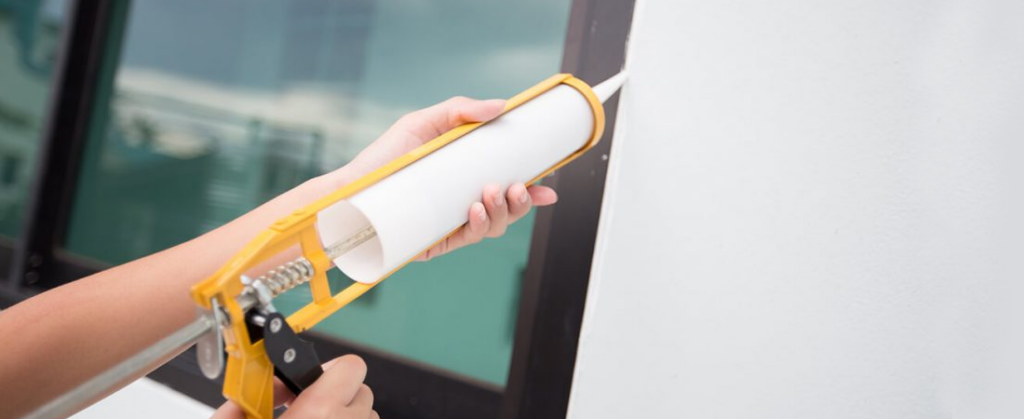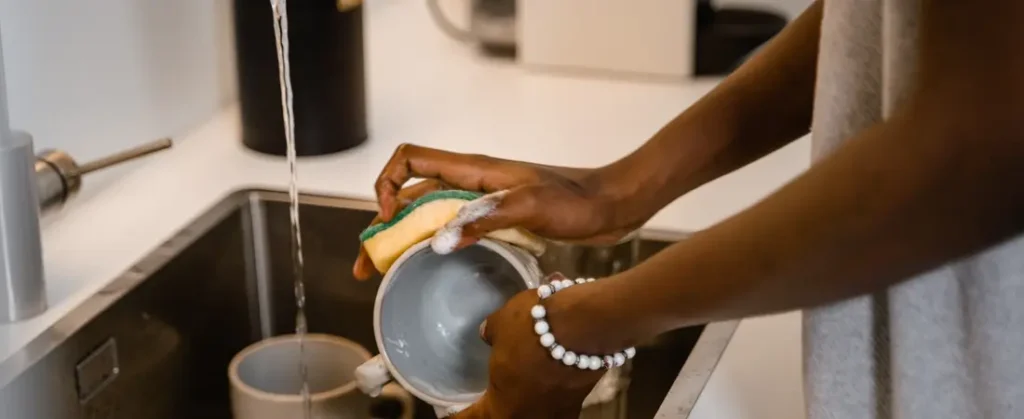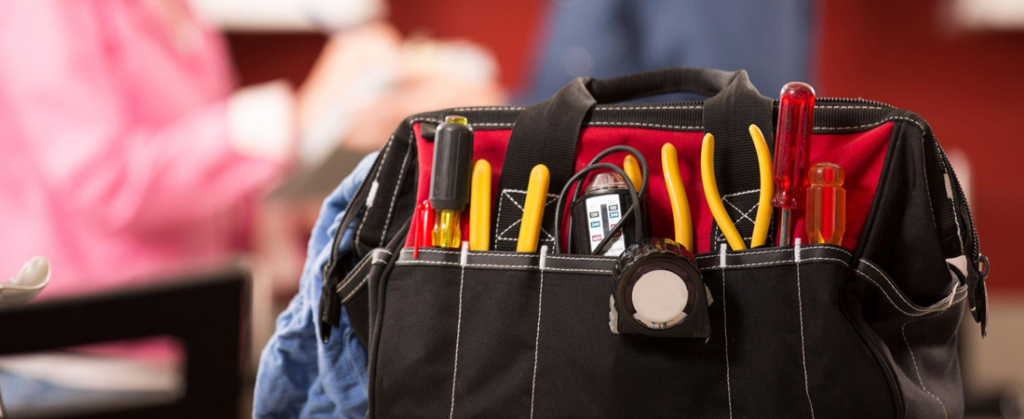With winter on the horizon, homeowners are gearing up to face the challenges of the cold season. Preparing for the colder months typically involves heating system checks and insulation upgrades, but many forget to prepare their plumbing. Winter can take a significant toll on plumbing systems, leading to frozen pipes and some of the most costly repairs. Luckily, following a few easy steps before the frost each year can save you a fortune over time. To help you safeguard your home and your plumbing, we’re here to provide our top ten essential winter plumbing tips to ensure your home remains warn & cozy all season long.

1. Insulate Exposed Pipes
The onset of winter signals the need to pay close attention to the insulation of exposed pipes. Freezing temperatures can wreak havoc on unprotected plumbing, resulting in costly damage. It’s imperative to insulate pipes situated in basements, crawl spaces, or along outside walls. Employ materials like foam pipe insulation or heat tape to create a thermal barrier around your pipes. This insulation acts as a safeguard against the piercing cold, ensuring that your plumbing system remains in optimal condition.

2.Seal LeakS
Maintaining a warm and comfortable indoor environment during winter commences with sealing any gaps and cracks in your home’s structure. These seemingly insignificant openings can allow frigid air to penetrate, posing a substantial risk to your plumbing. Employ weatherstripping or caulk to ensure that your home is well-sealed. This simple yet effective step prevents cold air from infiltrating, ultimately safeguarding your pipes against freezing.

3. Maintain a Consistent Temperature
Maintaining a consistent indoor temperature is a fundamental aspect of protecting your plumbing system from the harsh effects of winter. Set your thermostat to a minimum of 55 degrees Fahrenheit, ensuring that even the coldest corners of your home remain above freezing temperatures. For those seeking advanced temperature control and energy efficiency, investing in a programmable thermostat is a smart choice. These devices efficiently manage temperature fluctuations while conserving energy, helping to keep your plumbing intact.

4. DRIP FAUCETS
When the winter cold sets in, allowing your faucets to drip slightly may seem counterintuitive. However, it’s a practical strategy to prevent pipes from freezing. This is particularly important for exterior wall faucets and those situated in unheated areas. Allowing water to flow in a controlled manner reduces the risk of ice formation and the potential problems that come with it.

5. Drain Outdoor Hoses and Faucets
Outdoor plumbing components are particularly vulnerable to freezing during winter. To protect against potential damage, disconnect and drain outdoor hoses, and shut off the water supply to outdoor faucets. Allowing any remaining water to drain out is a simple yet crucial step that will save you from costly damage caused by frozen pipes in outdoor areas.

6. SERVICE YOUR WATER HEATER
Your water heater plays a pivotal role in ensuring a reliable hot water supply during the winter. It’s essential to schedule professional maintenance before the colder months arrive. Regular servicing ensures that your water heater can handle the increased demand, reducing the risk of unexpected breakdowns that can disrupt your comfort during winter’s coldest days.

7. Check Your Sump Pump
Winter often brings wet weather, increasing the risk of basement flooding. To avoid costly water damage, it’s crucial to test your sump pump. Ensure that it operates smoothly and is ready to protect your home during periods of heavy rainfall or snowmelt.

8. PROTECT OUTDOOR PLUMBING
Outdoor plumbing fixtures require special attention during winter. Shut off the water supply, drain the pipes, and add antifreeze to protect against freezing. This step is crucial for areas like outdoor kitchens, pool houses, and other outdoor installations that are susceptible to extreme temperatures.

9. Watch for Warning Signs
Stay vigilant and pay attention to any unusual signs in your plumbing system. Reduced water pressure, discolored water, or strange sounds can be early indicators of underlying issues. Address these signs promptly to prevent further complications and potentially costly repairs.

10. Prepare an Emergency Kit
Preparation is the key to effectively handling plumbing emergencies during winter. Assemble a plumbing emergency kit that includes essentials like pipe insulation, a pipe thawing kit, a bucket, towels, and the contact information of a trusted plumber. Being well-prepared can ease the stress of unexpected plumbing problems during the colder months.

CONCLUSION
Now that you’ve got a good handle on what it takes to prepare your plumbing for winter, catch up on our Spring, Summer, or Fall plumbing checklists to get ahead of the curve. Or read up on our full list of winterization services. And if you notice more serious issues, remember Morgan Miller Plumbing is always here to assist you with your plumbing needs, whether it’s routine maintenance, emergency repairs, or expert advice. Give us a call at (816) 765-4843.

